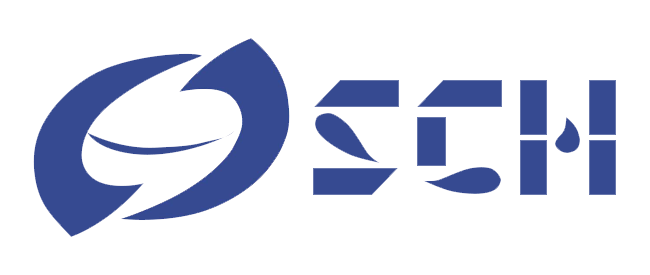COD in water is the basic index of water quality detection. Any industry that needs to discharge sewage outside needs to detect the content of COD in the water, which can only be discharged if it meets the standards, and can only be discharged if it does not meet the standards after treatment. The following is a detailed analysis of five detection methods of COD detector
1. Dichromate reflux method
Determination principle: in sulfuric acid medium, potassium dichromate is used as oxidant, silver sulfate as catalyst, mercury sulfate as masking agent of chloride ion, sulfuric acid acidity of digestion reaction liquid is 9mol / L, heating makes digestion reaction liquid boil, boiling point temperature of 148 ℃± 2 ℃ is digestion temperature. The reaction was heated by water cooling and refluxing for 2 h. After the digestion solution cooled naturally, the residual potassium dichromate was titrated with ammonium ferrous sulfate solution, and the COD value of the water sample was calculated according to the consumption of ferrous sulfate solution.
Advantages and disadvantages: the reflux device takes up a large amount of experimental space, consumes a large amount of water and electricity, uses a large amount of reagents, and is inconvenient to operate, so it is difficult to measure in large quantities and quickly.
2. Potassium permanganate method
Determination principle: potassium permanganate is used as oxidant to determine COD. The COD measured is called permanganate index (CODMn). After sulfuric acid is added to the water sample, a certain amount of potassium permanganate solution is added, and the reaction is heated in a boiling water bath for 30 minutes. The residual potassium permanganate is reduced by adding excess sodium oxalate solution, and then the excess sodium oxalate is dropped back by potassium permanganate solution, and the permanganate index is calculated.
Advantages and disadvantages: the advantages of potassium permanganate method are that the pollution produced in the experiment is smaller than that produced by national standard method, but the disadvantages are that excessive sodium oxalate needs to be dropped back in the experiment, which takes a long time, and the oxidation of acid potassium permanganate method is low and incomplete, so the permanganate index measured is lower than that of chromate index, which is usually 3-8 times lower than that measured by national standard method. Therefore, CODcr is mainly aimed at wastewater with relatively high content of reducing pollutants, while CODMn is mainly aimed at river water and surface water with relatively low content of pollutants.
3. Spectrophotometry
Determination principle: the principle of this method is the same as the national standard method. Its determination principle is also in acid solution. The reductive substance in the test solution reacts with potassium dichromate to form trivalent chromium ion. Trivalent chromium ion has great absorption capacity for light with wavelength of 600nm. The relationship between its absorbance and trivalent chromium ion concentration obeys Lambert Beer law. Trivalent chromium ion is related to the amount of reducing substances in the test solution, so the COD value of the test solution can be indirectly measured by measuring the absorbance of trivalent chromium.
Advantages and disadvantages: compared with the traditional national standard method, this method can effectively save the time consumed in the preparation of chemical reagents, without titration, and is easy to operate. However, the digestion process still takes 2 hours in the only local experiment.
4. Rapid digestion
In order to improve the analysis speed, people put forward various fast analysis methods. The main methods are to increase the concentration of oxidant, acidity of sulfuric acid, temperature and cocatalyst.
Advantages and disadvantages: the acidity of sulfuric acid in the digestion system increased from 9.0mg/l to 10.2mg/l, the reaction temperature increased from 150 ℃ to 165 ℃, and the digestion time decreased from 2H to 10min-15min. The disadvantages are different kinds of microwave ovens, different power and time of the test.
5. Rapid digestion spectrophotometry
Determination principle: rapid digestion spectrophotometry refers to the use of sealed tubes as digestion tubes, taking small quantities of water samples and reagents into sealed tubes, putting them into a small constant temperature heating dish, heating at constant temperature for digestion, and determining COD value by spectrophotometry.
Advantages and disadvantages: small space occupation, small energy consumption, small reagent consumption, minimum waste liquid consumption, small energy consumption, simple operation, safe and stable, accurate and reliable, suitable for large-scale measurement.
 Shen ChangHong
Shen ChangHong 





